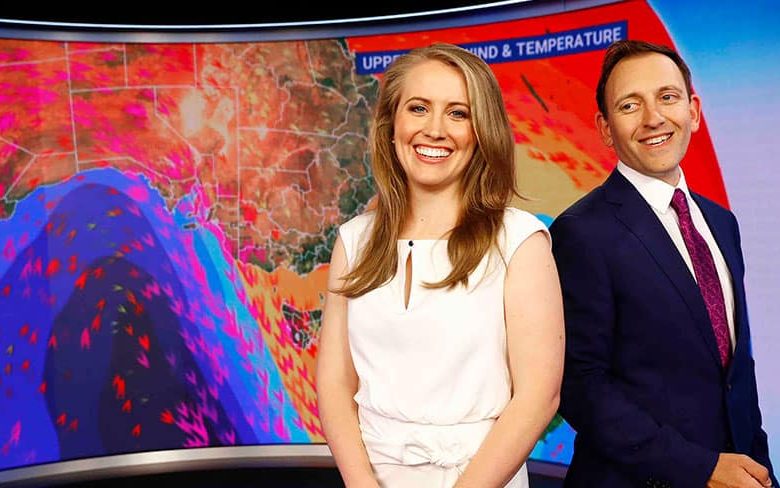AUSTRALIA LIKELY TO EXPERIENCE EVEN MORE WIDESPREAD FLOODING THAN LAST YEAR
FLOWS ACROSS THE MURRAY-DARLING BASIN ARE LIKELY TO BE THE HIGHEST IN HALF A CENTURY
POTENTIAL FOR THE MOST ACTIVE TROPICAL CYCLONE SEASON IN 17 YEARS
DESPITE ALL THE RAIN, MUCH OF AUSTRALIA SHOULD BE HOTTER THAN USUAL WITH ISOLATED HEAT RECORDS AND INCREASED GRASS FIRES
Sky News Weather Channel has today released its twelfth annual long-range Severe Weather Outlook for 2022/23, with a strong negative Indian Ocean Dipole (IOD) and a building La Niña phase of the Pacific Ocean should ensure that the next seven months is wetter than normal causing a heightened risk of flooding and tropical cyclones.
2022 has followed a year of significant rain and flood events in eastern Australia. Whilst some agricultural regions have benefitted, others have suffered causing damage to crops and livestock. Outback Queensland, South Australia, and the Northern Territory have also seen impacts to major freight routes, with water storages also increasing, particularly in Queensland.
As we transition into the warmer months, the severe weather season (SWS) will commence with Australia’s weather patterns under the influence of wet phases of global climate drivers for the third consecutive year. A continuation of the current wet period is expected as moisture-laden air from tropical waters surrounding Australia flows south and brings frequent rain and thunderstorm events to our country.
A similar outlook to the previous SWS in 2021, flooding is likely to be more widespread than the past year with the threat of extreme floods.
Tropical cyclone numbers are likely to be slightly above the long-term average of 11. The last time Australia had a more active than usual season was in 2005/2006, with the past 16 seasons having seen average or below average cyclone numbers, consistent with climate change forecasts.
Despite the rain, mean temperatures should remain warmer than average in many regions, particularly in northern, western, and southern Australia, leading to a heightened risk of heatwaves.
Odds favour cooler than usual temperatures in eastern Australia. The bushfire threat remains reduced in forested regions, but grasslands across central and western Australia face a more active season.






















































